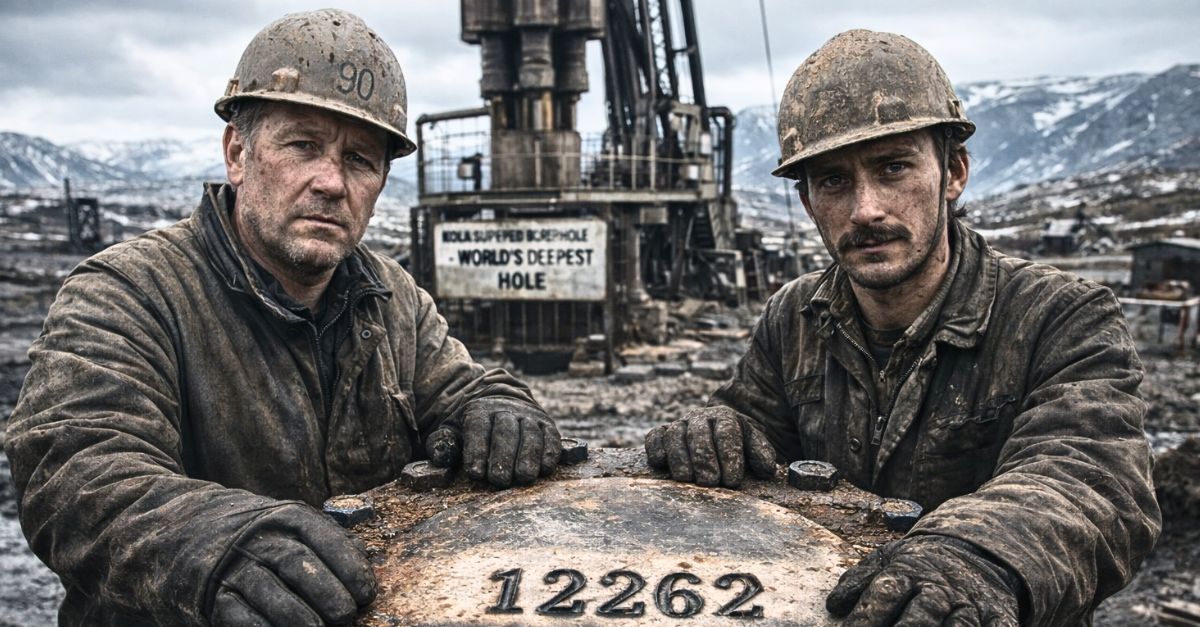Niihau Island: The Forbidden Isle
Niihau, often referred to as "The Forbidden Isle," stands as a unique and enigmatic part of Hawaii's archipelago.
Owned privately and known for its stringent visitation policies, Niihau presents a fascinating blend of natural beauty and cultural preservation.
This article dives into various aspects of Niihau Island, exploring its ownership, value, population, lifestyle, and the distinct way of life that defines this secluded paradise.
Who owns the island?
 Auckland War Memorial Museum Library Catalogue / Wikimedia Commons
Auckland War Memorial Museum Library Catalogue / Wikimedia Commons
Niihau Island has been privately owned by the Robinson family since 1864 when it was purchased from the Kingdom of Hawaii for $10,000 US.
The Robinsons have maintained the island's traditional character, striving to preserve its natural environment and indigenous Hawaiian culture.
Their stewardship has been integral in keeping Niihau distinct from the more developed Hawaiian islands.
How much is the island currently worth?
Assessing the current market value of Niihau is challenging due to its unique nature and private ownership. Some reports estimate the island is valued at $88 million today.
However, its worth transcends mere monetary value, embodying significant cultural and ecological importance.
The island is a bastion of traditional Hawaiian life, untouched by the rampant commercialization and development seen elsewhere in Hawaii.
How many people live on the island?
Niihau's population is small, with roughly 70 residents, primarily Native Hawaiians. The community lives a relatively traditional lifestyle, with many residents speaking Hawaiian as their first language.
Life on Niihau is marked by simplicity and a deep connection to the land and sea, with modern conveniences like electricity and running water being limited.
What amenities do they have?
The Robinson family, as the owners of Niihau, take an active role in supporting the basic needs of the island's residents.
They employ the majority of the island's population through the Niihau ranch, offering jobs, wood-frame housing, modest salaries, and medical insurance.
While the island maintains a lifestyle with minimal modern conveniences, certain accommodations have been made over time. These include providing necessities such as clothing, household items, ranch equipment, and a selection of amenities to ensure a balance between traditional living and essential modern needs.
What do they eat?
The residents of Niihau primarily subsist on a traditional diet, relying on fishing and hunting for food. Seafood is a staple, alongside hunted game such as wild pigs and goats.
The islanders also gather fruits and vegetables, practicing a sustainable lifestyle that has been passed down through generations.
How do the residents earn money?
The economy of Niihau is modest, largely revolving around subsistence activities.
The island is known for its Niihau shell leis, exquisite handicrafts made from tiny shells found only on its shores, which provide some income.
Additionally, some residents work on the Robinsons’ ranch or engage in conservation efforts, contributing to the island’s upkeep.
What is the island’s infrastructure like?
Infrastructure on Niihau is minimalistic, reflecting the residents' sustainable lifestyle.
There is no public electricity grid, no paved roads, and no medical facilities.
Basic education is provided at a small school, but for higher education or medical needs, residents typically travel to the main Hawaiian Islands.
There is no lock-up, as the community handles disputes internally, adhering to traditional Hawaiian values and practices.
What are the laws on the island?
Niihau operates under the same legal framework as the state of Hawaii, but the Robinson family, as private landowners, have significant discretion over the island's affairs.
The community governs itself largely through a system rooted in traditional Hawaiian customs and mutual respect among its residents.
Who can visit the island?
 Christopher P. Becker, Wikimedia Commons
Christopher P. Becker, Wikimedia Commons
Access to Niihau is highly restricted, primarily to protect its unique environment and culture.
Generally, only relatives of residents, invited guests, and occasionally, researchers or special tour groups are allowed to visit, under strict guidelines.
People cannot move to Niihau. Residency is restricted primarily to the native Hawaiian community that has lived there for generations.
This policy has helped preserve the island's traditional character.
Can tourists access the island?
Tourism on Niihau is highly limited and regulated to preserve the island's unique environment and culture. Unlike other Hawaiian Islands, Niihau does not cater to conventional tourism.
Visitors are generally not allowed to stay overnight, and there are no hotels, resorts, or tourist amenities.
The Robinson family, who own the island, offer very limited and exclusive helicopter tours, which allow visitors a brief glimpse into the island's natural beauty without disrupting the traditional lifestyle of its inhabitants.
These tours typically include a short stopover, often on a secluded beach, but do not permit interaction with the local community.
Final Thoughts
Niihau Island stands as a rare gem in today's world, a place where time has stood still, and traditional Hawaiian culture continues to thrive.
Its isolation, coupled with the Robinson family's commitment to preservation, has kept Niihau's unique heritage intact.
In a rapidly changing world, Niihau serves as a poignant reminder of the importance of preserving cultural and environmental integrity.

















